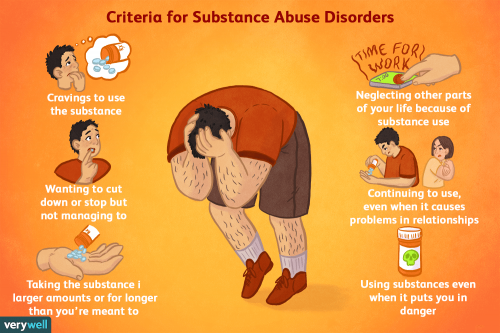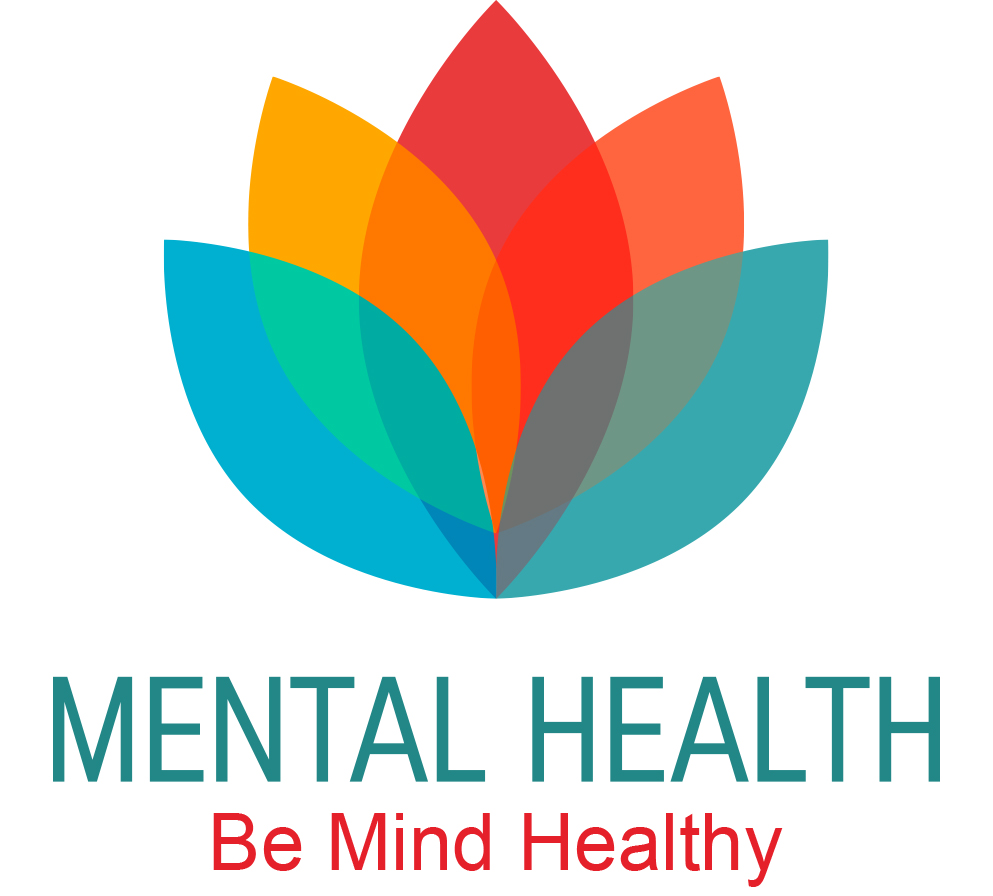
Substance use disorders — the repeated misuse of alcohol and/or drugs — often occur simultaneously in individuals with mental illness, usually to cope with overwhelming symptoms. The combination of these two illnesses has its own term: dual diagnosis, or co-occurring disorders. Either disorder (substance use or mental illness) can develop first.
According to the National Survey on Drug Use and Health, 9.5 million U.S. adults experienced both mental illness and a substance use disorder in 2019.
Sources: https://www.nami.org/, https://www.niaaa.nih.gov/ and https://www.drugabuse.gov/
Because many combinations of dual diagnosis can occur, symptoms vary widely. Mental health clinics are starting to use alcohol and drug screening tools to identify people at risk. Symptoms of substance use disorder may include:
- Withdrawal from friends and family
- Sudden changes in behavior
- Engaging in risky behaviors
- Developing a high tolerance and withdrawal symptoms
- Feeling like you need a drug to be able to function
Symptoms of a mental health condition can also vary greatly. Warnings signs, such as extreme mood changes, confused thinking or problems concentrating, avoiding friends and social activities and thoughts of suicide, may be reasons to seek help.
Sources: https://www.nami.org/ and https://www.nimh.nih.gov/
Substance use disorder changes normal desires and priorities. It changes normal behaviors and interferes with the ability to work, go to school, and to have good relationships with friends and family. In 2014, 20.2 million adults in the U.S. had a substance use disorder and 7.9 million had both a substance use disorder and another mental illness. More than half of the people with both a substance use disorder and another mental illness were men (4.1 million). Having two illnesses at the same time is known as “comorbidity” and it can make treating each disorder more difficult.
Sources: https://www.nami.org/ and https://www.nimh.nih.gov/
Tobacco is another substance associated with addiction and health risks. It can be smoked, chewed or sniffed. However, the most common way people consume tobacco is by smoking cigarettes. Research has shown that adults with a mental illness are more likely to smoke cigarettes than other adults. This is particularly true among people with major depression and those diagnosed with schizophrenia. It is estimated that people with psychiatric disorders purchase approximately 44 percent of all cigarettes sold in the United States. Smoking is believed to be one reason that individuals with mental illnesses have more physical health problems and die younger than people without a mental illness.
Sources: https://www.nami.org/ and https://www.nimh.nih.gov/
